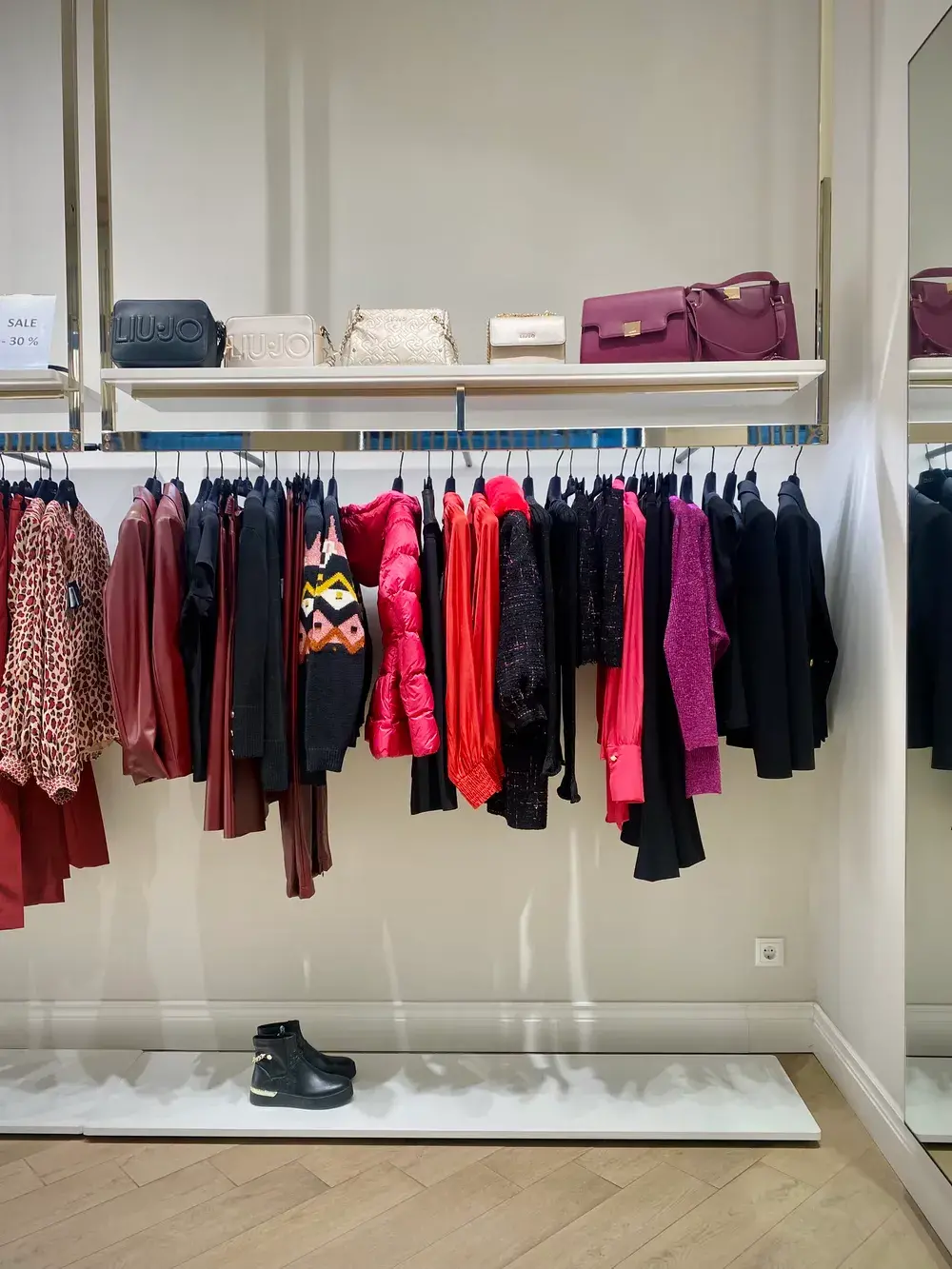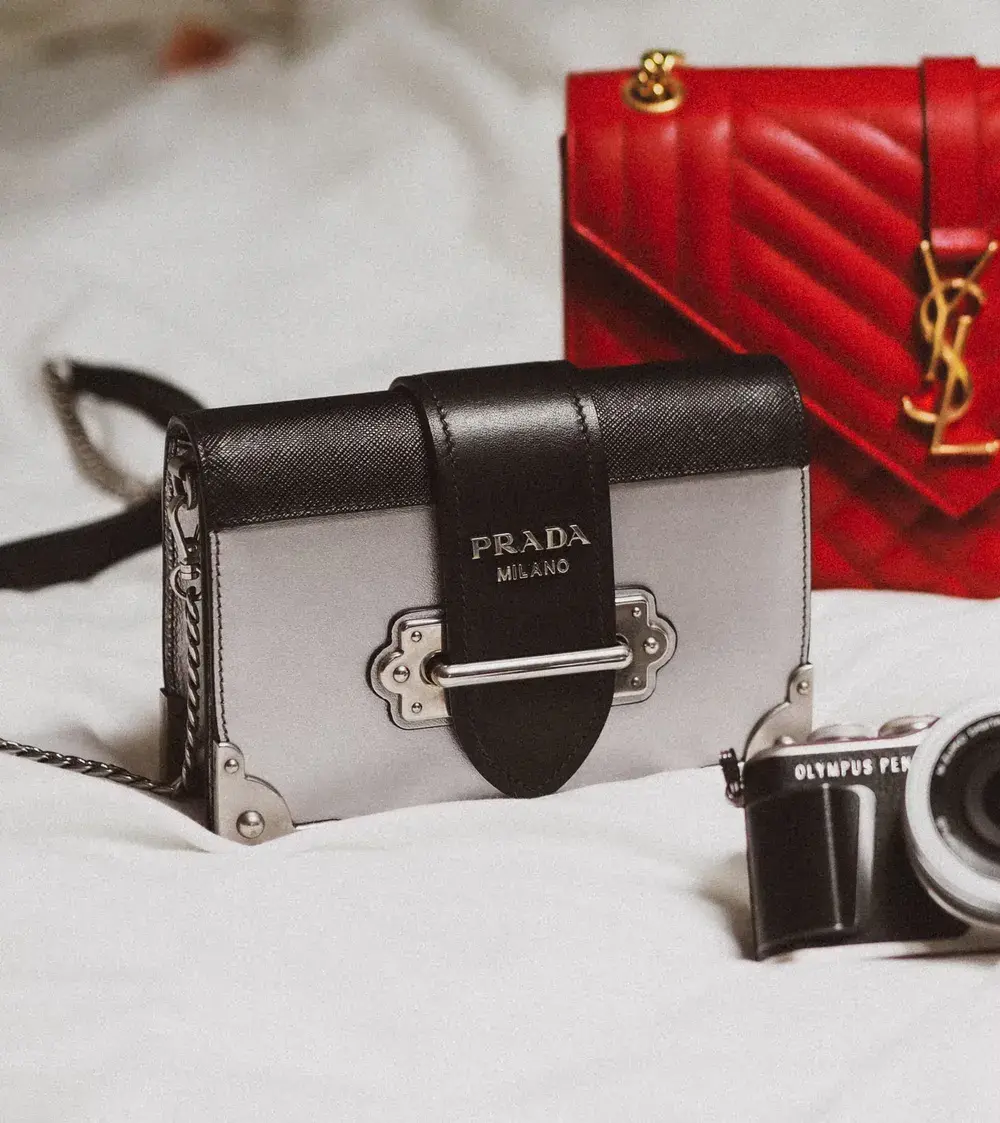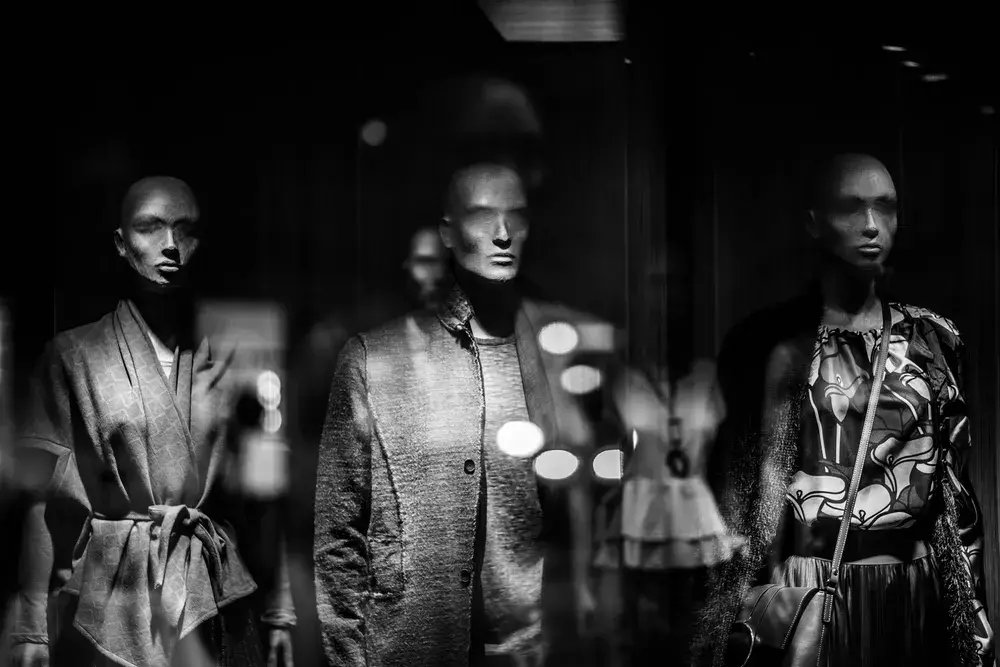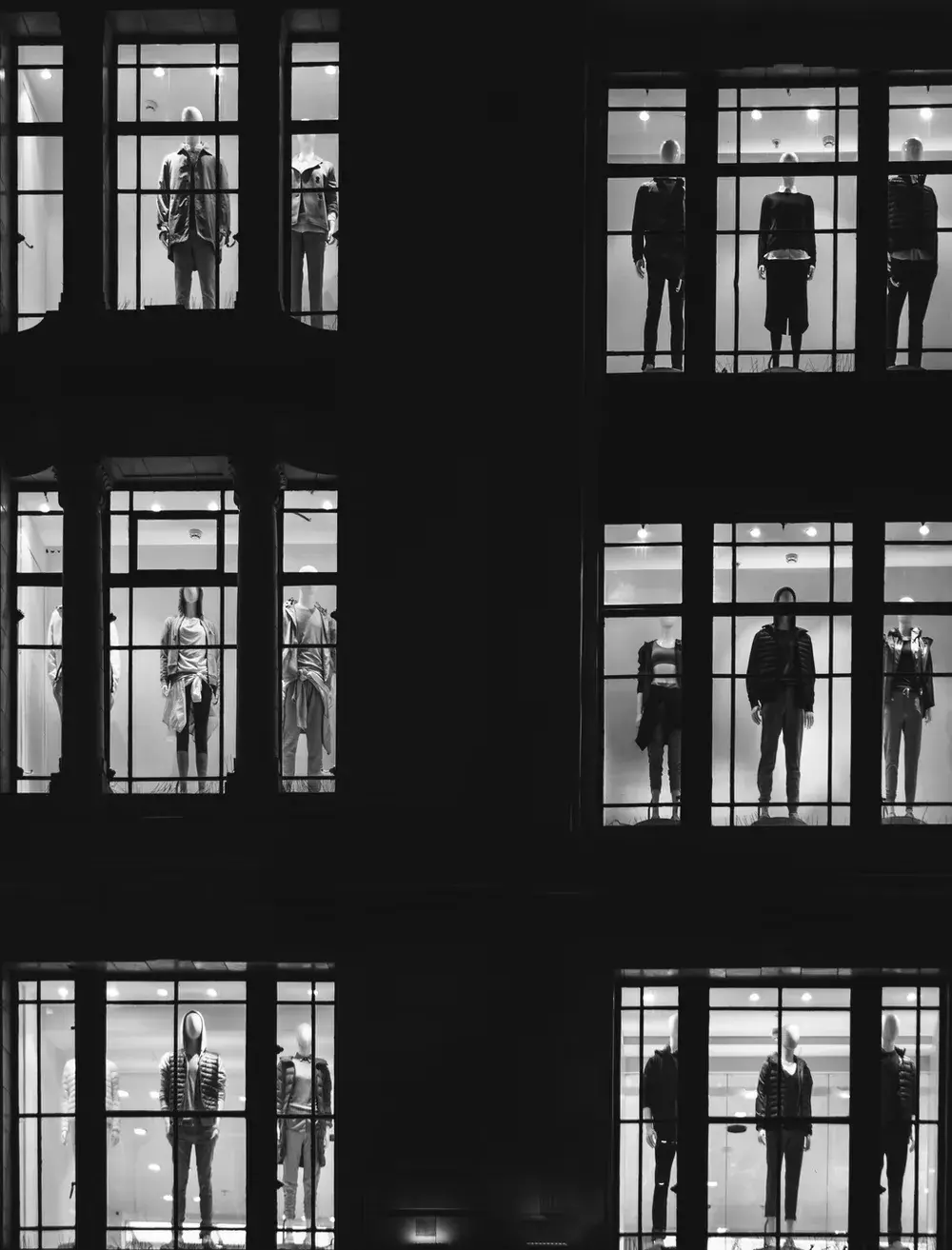Prêt-à-porter
Prêt-à-porter fashion is also known as ready-to-wear fashion. It is fashion that comes from designers but is not customised. It is available from retailers in various ready-made and standard sizes. It is luxury fashion that is offered as a collection suitable for everyday wear and is worn by fashionistas, for example. In contrast, haute couture fashion is the epitome of high-end tailoring. It is extravagant, customised and exclusive and consists of high-quality and, above all, tailor-made fashion creations by designers. It is particularly suitable for special occasions and for the catwalk, also to showcase the skills and creativity of the fashion designers.

Where did the idea of prêt-à-porter fashion come from?
In the 1960s, Yves-Saint-Laurent was one of the first well-known designers to present prêt-à-porter fashion on the catwalk. The ‘inventor’ of the prêt-à-porter fashion category was the Italian designer Pierre Cardin. Many fashion designers then began to co-operate with department stores and produced their designs in limited quantities in factories. Other fashion designers, such as Laura Ashley and Barbara Hulanicki, designed comfortable, mass-market and affordable prêt-à-porter fashion from the outset. Today, some fashion houses create prêt-à-porter product lines for industrial mass production. Others still produce very exclusive prêt-à-porter fashion in limited quantities. Many of these collections are presented at fashion shows.

Presentation of the prêt-à-porter collections at fashion shows
The designers present their prêt-à-porter collections in spring/summer and autumn/winter. The presentations take place in the fashion metropolises of New York, Milan, Paris and London at fashion weeks. In fashion cities such as Berlin, Amsterdam and Madrid, established designers as well as newcomers show their collections at the respective fashion weeks. The models for these fashion shows are procured through modelling agencies such as starboxx.

Haute couture - extravagant dresses and gowns
Haute couture is to a certain extent the ‘high society’ in the fashion sector. The term originates from France. It describes the designs of fashion designers from the top ranks. Haute couture designers include labels such as Dior, Chanel and Ellie Saab. They design extravagant, elaborate fashion that is hardly wearable outside the catwalk, especially precious, handmade and luxurious dresses and gowns. The term haute couture was coined in 19th century France. Until then, tailors only made made-to-measure garments to customer specifications, after which the idea of selling customised exclusive fashion based on the tailors' designs developed. The father of this idea was Charles Frederick Worth. He was the founder of a revolution in the fashion industry.

Prêt-à-porter fashion and haute couture are presented differently in fashion shows
There are different walking styles for models to present fashion on the catwalk. Two important walking styles are in demand at fashion shows:
- Fashion/design walk for haute couture
This walk is all about showing off the outfit, the models act as mannequins with a fixed forward gaze, no facial expressions and no eye contact with the audience. The models walk down the catwalk with their shoulders pulled back and their pelvis tilted forwards, preferably without moving their upper body as they walk. There is no posing whatsoever. The designer's collection takes centre stage. The model should not distract from this under any circumstances.
- Casual walk for prêt-à-porter fashion
The casual walk is more relaxed than the design walk, which is the norm for haute couture. In the casual walk, models are allowed to sway their hips slightly. The look and upper body should not be rigid, a friendly smile, eye contact with the audience and posing at the end of the catwalk are encouraged.
Would you like to be a model on the catwalk?
You can register with starboxx at any time. We look forward to meeting you!
